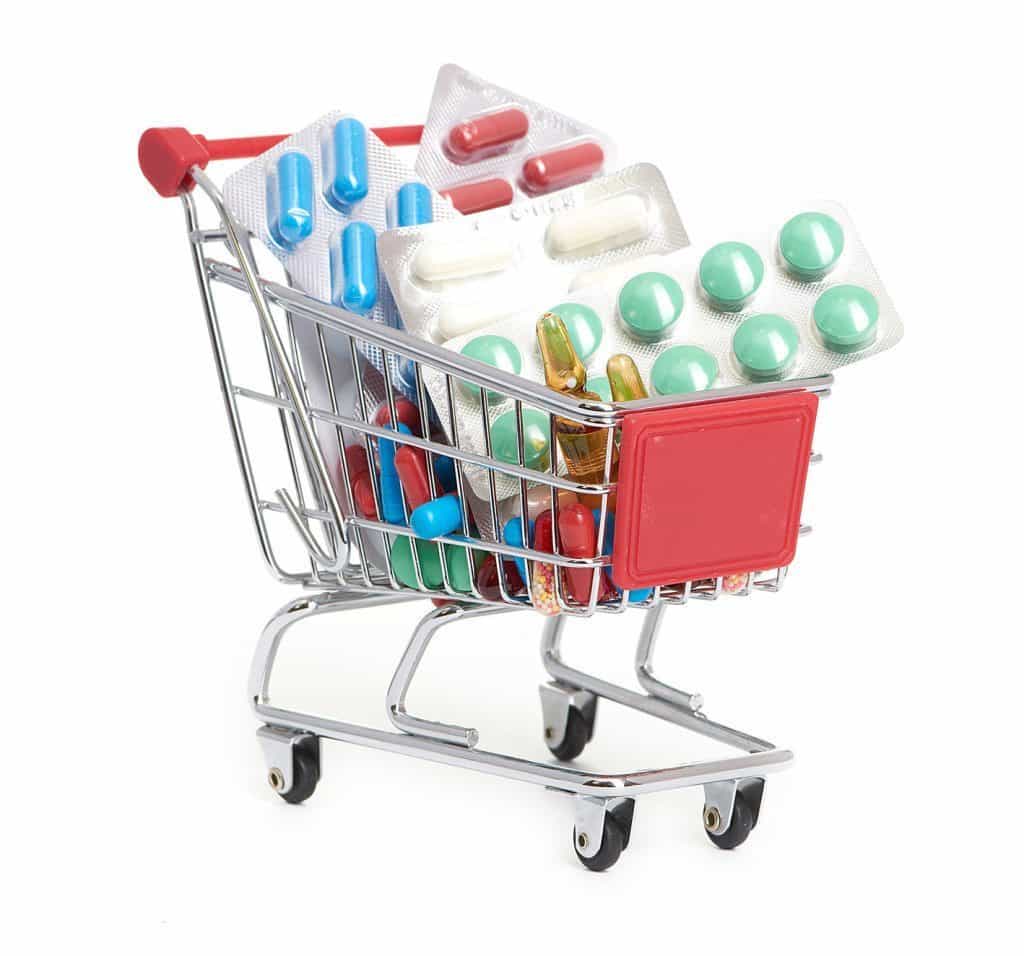

there is a lot of evidence that internal inflammation is one of the results or even causes of type II diabetes.
One of the ways of measuring internal inflammation is by taking a CRP test, or high sensitivity CRP test.
See reactive protein is created in the liver when the body is in an inflammatory state.
You can get a CRP test ordered by your doctor.
A healthy CRP level is zero.
Diabetics sometimes have a CRP of five, 10, or even higher. These indicate very high inflammatory states, and there is a great predictive value in these, because high CRP indicates a high probability of heart attack, stroke, or deep vein thrombosis.
That’s why this study is so interesting.
They gave diabetics separately, tomato juice, vitamin C, and vitamin E.
They did not use large quantities of tomato juice, vitamin C, or vitamin E. And the type of vitamin E they used was alpha tocopherol, which has found in other studies not to be nearly as effective as gamma tocopherol type vitamin E.
Despite that, the test showed a striking reduction in CRP levels.
CRP levels Averaged 4.5 with the vitamin E diabetics, and at the end of the short. They gave them vitamin E, their CRP had plummeted to 2.9.
There was no improvement in CRP levels among the vitamin C group, or the tomato juice group. Or the placebo group. None of them had any improvement in CRP levels.
Only vitamin E dramatically lowered CRP levels
I want you to contrast this effect with another study that was done recently. This one was from a common statin drug, Pravechol.
This statin reduced CRP levels by 14%. But notice vitamin E dropped CRP levels by an average of 64%! That’s much better than the statin.
Statins may have other effects, but for reduction of CRP, it seems vitamin E may be equally or more effective.

Click for more information on the ineffectiveness of statins, for more information on healthy approaches to medicine, or for more information on deceptive statistical approaches.
